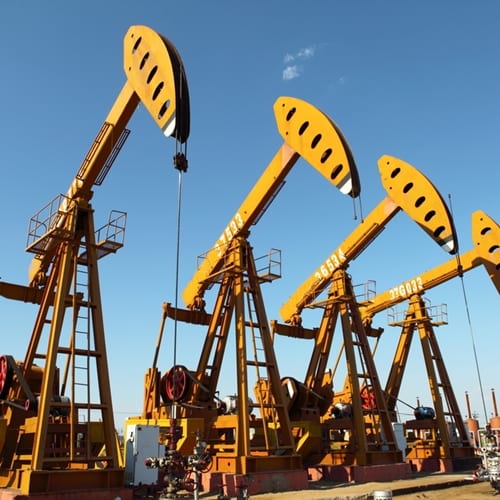Shell is planning for a big year in 2016, when the oil company will be launching a floating production, storage, and offloading vessel and subsea infrastructure (FPSO) in the Gulf of Mexico—the deepest offshore drilling platform in the world.
Shell currently has seven FPSOs in operation, but this will be the first in the Gulf of Mexico. These types of rigs are most often used in places that don't have strong seabed pipeline networks, like Brazil or Africa. However, since these offshore rigs allow companies to reach deeper levels, more are beginning to be found in areas like the Gulf of Mexico. This will also be one of Shell's most efficient rigs, an article in Reuters said, producing about 60,000 BOEPD. Ultra-deep wells were found by research firm IHS to be 11.5 times more effective than onshore rigs.
The FPSO will be able to detach from the pipes that connect it to seabed wells, in case of a hurricane or other storm. It will also be able to "weathervane" in the wind to further help it stay intact. The vessel will also include new technology to help protect it against potential weather dangers.
"Shell's will be moored using a lightweight combination of polyester rope and chain. It will the first FPSO in the world to combine a system of riser pipes that dampen the impact of movement during flow with a disconnection ability during bad weather allowing it to sail to a safe area," the article said.
As Shell and other companies expand their offshore drilling platforms, it's important to include offshore oilfield insurance as well. Since many of the new machines include recent developments, investing in the proper insurance coverage can help keep offshore drillers afloat.

